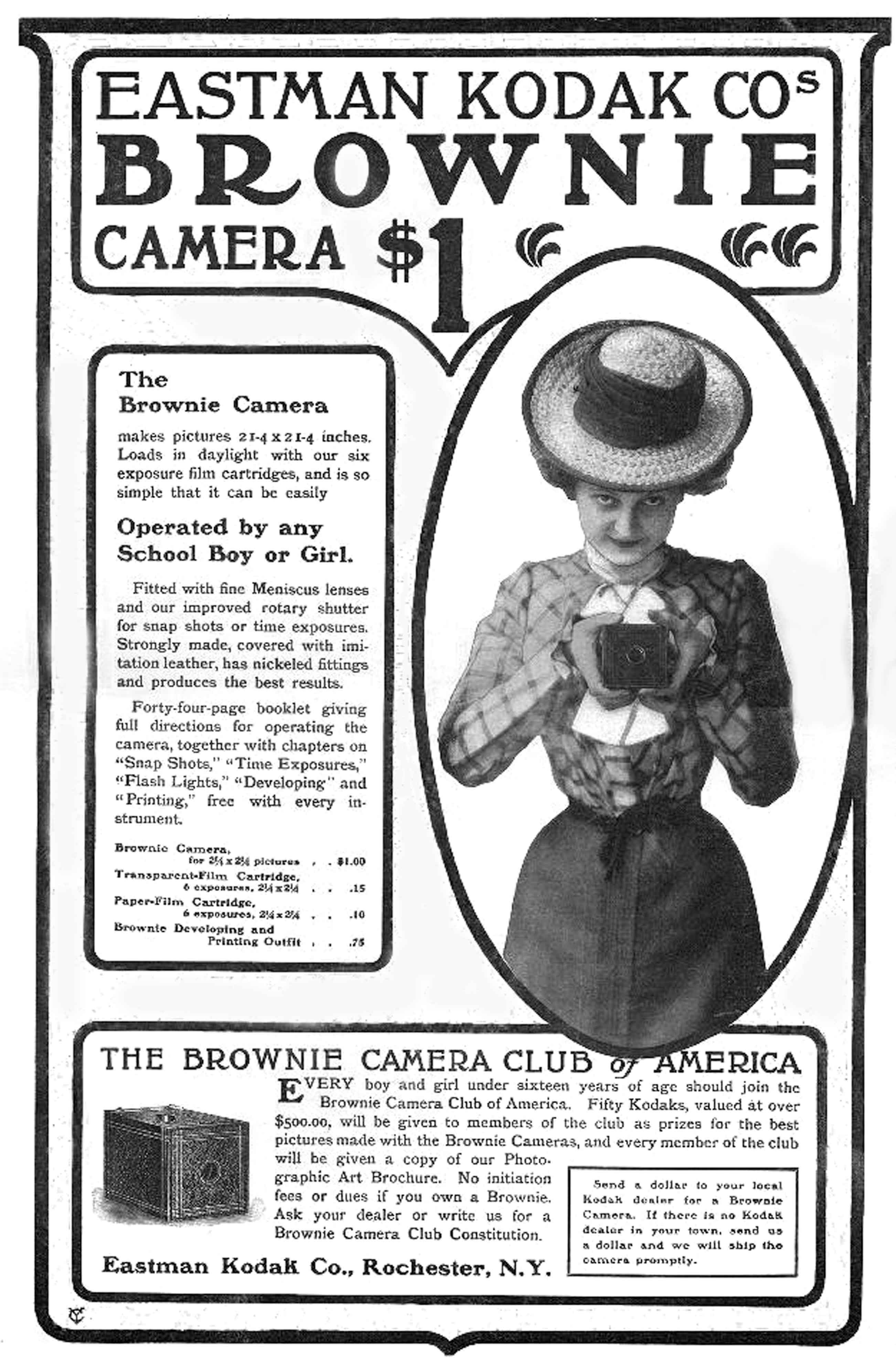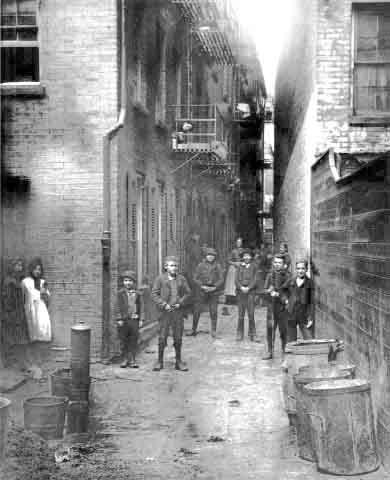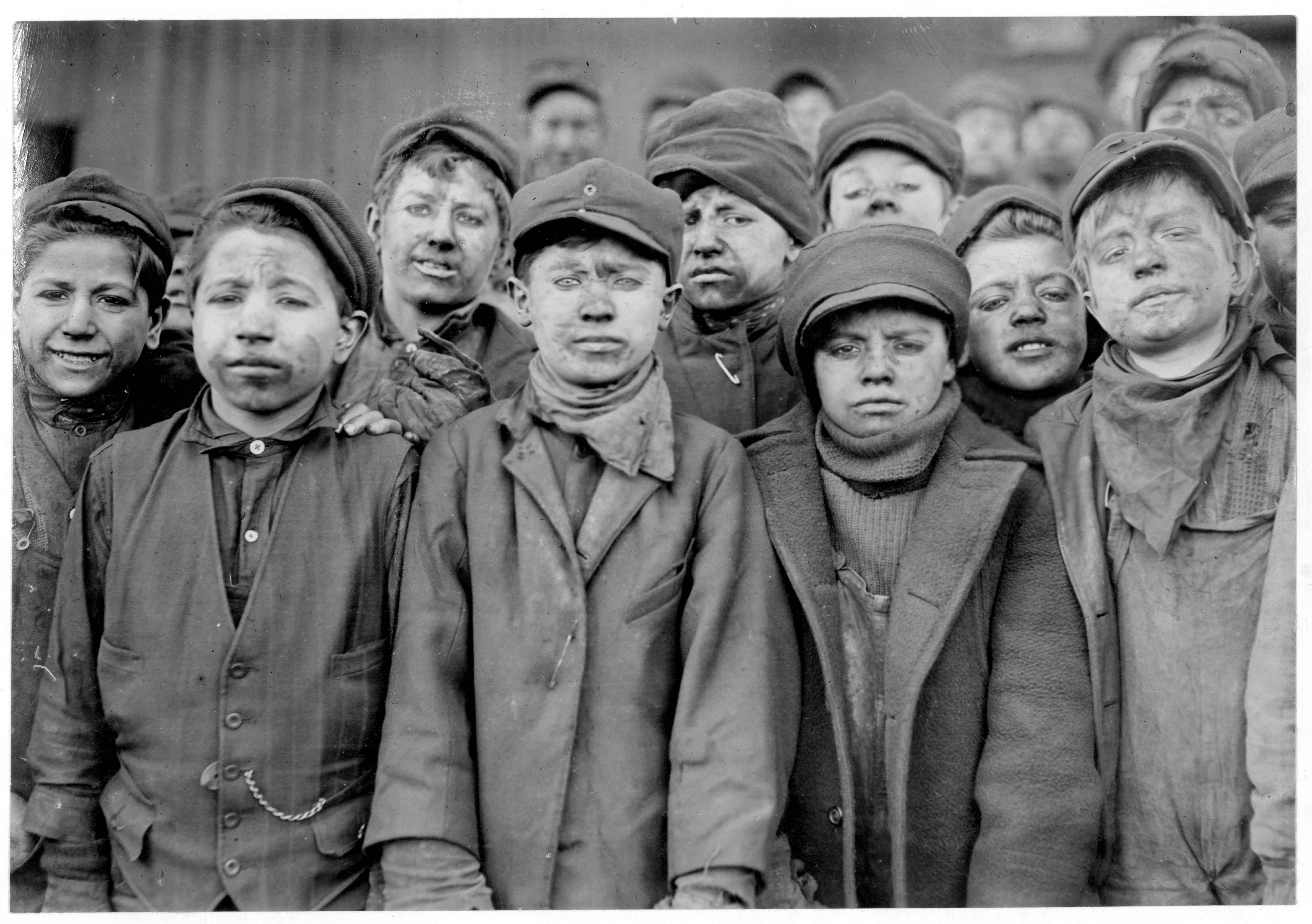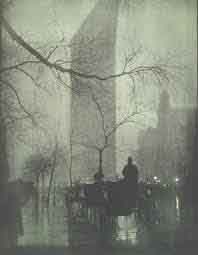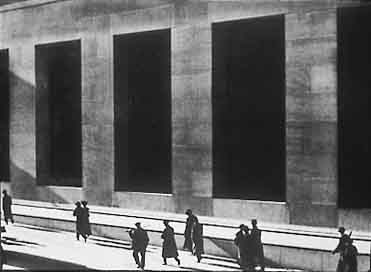Media history from Gutenberg to the Digital Age
- About
- Course
- Chapters
- Features
- About history
- Ben Franklin’s environmental controversy
- Life in the old print shop
- Travel & Adventure
- Radio and the Titanic
- Civil rights and the press
- Industrial printing revolution
- Three monopolies that built the telegraph
- WWII era propaganda cartoons
- News before & after the telegraph
- The radium girls and the press
- Science & environmental journalism
- Radio time machine
- Communication and peace
- Street press of the Velvet Revolution
- Wire services
- Peace and civil rights, on and off the air
- Who killed the American newspaper?
- New directions for community media
- Photography
- Cinema
- TV
- Hands-On History
Proudly powered by WordPress.
Theme: Coraline by WordPress.com.


